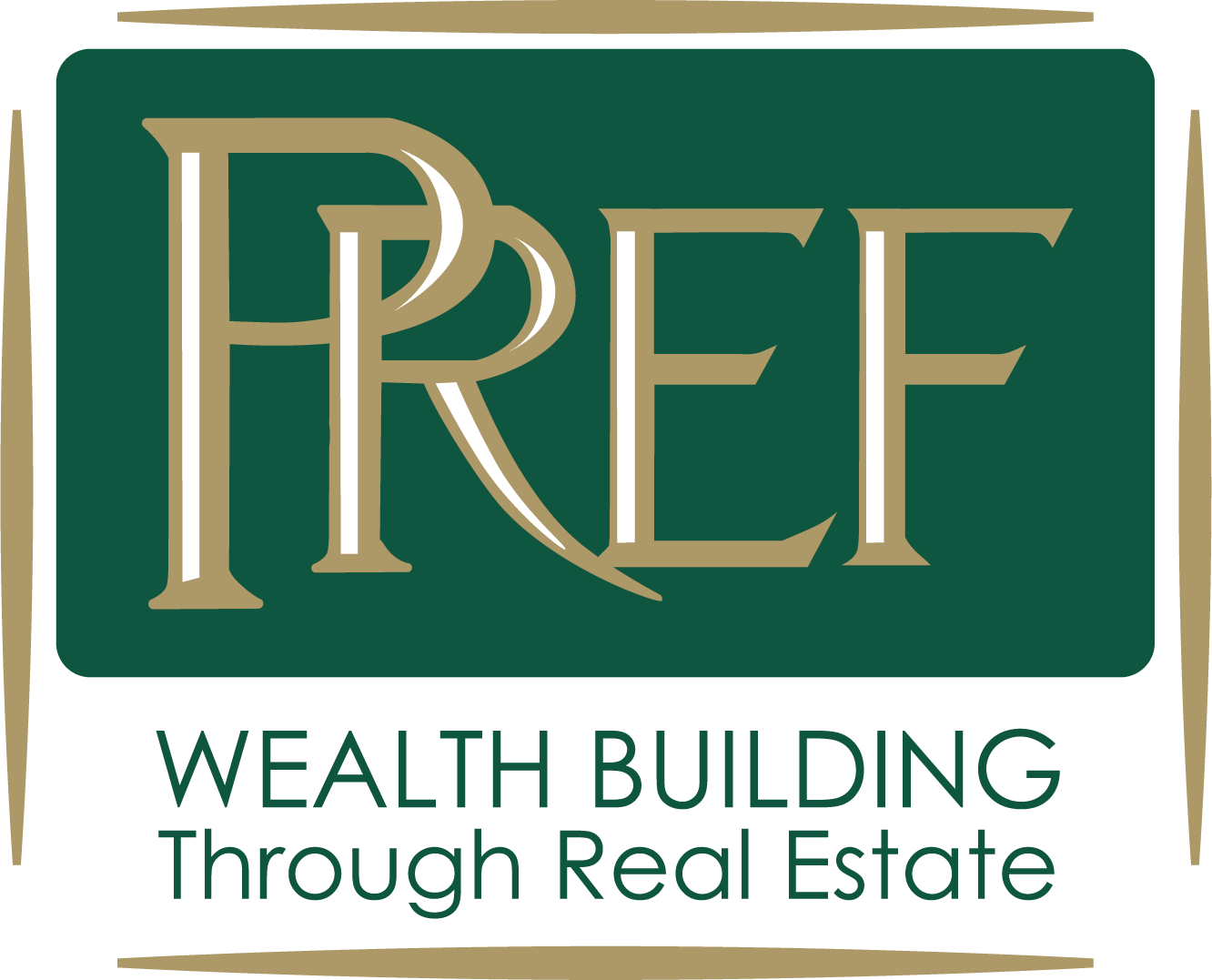The PUBLIC-Private Relationship in Real Estate Development
Zoning and Permitting. Eminent Domain. In the past, that was about the extent of local jurisdictions’ involvement in private development. But my how times have changed.
THE WHY
There are three main reasons the public involvement in public-private relationship is growing: (1) the emergence of high density-mixed use product; (2) project size; and (3) the need for public financing.
Zoning Changes
Traditionally, developers would buy the land or property and do whatever they wanted. Government or public involvement in the process was limited to zoning and variance permitting, and, in some cases, exercising its right of eminent domain and contribution to infrastructure.
Historically, zoning districts were restricted to one type of use (i.e. office or industrial).There was very little mixed use product. With rare exception, zoning did not take into account putting all uses up in the same place and at the same time. If changes were required, public hearings would be held. While local citizenry was vocal and at times influential, the developers typically prevailed.
Then, things started to shift:
- Neighborhood groups became more organized and influential.
- Demographic changes demanded that people be able to live, work and play in the same neighborhood.
- Local governments recognized the economic advantages of large scale developments.
- Large scale mixed use developments required some public funding or public approved financial enhancements to be economically viable.
And this trend continues today.
Rise of Mixed Use
Traditionally, developers built one development type at a time. Often, you started with residential; the residential fed the need for retail, which in turn fed the need for office. And so on and so forth. In short, one type created the demand for the other.
Now, the big-time trend is mixed use, putting all development types in at the same time and in the same place. As discussed in my last blog post, “Atlanta’s Edge Cities Develop New City Centers”, this trend is occurring because people really desire a sense of place.
However, the mixed use trend quickly created complexity in the zoning process. Zoning ordinances changed to accommodate the trend, becoming more inclusive. One example is Village Commercial zoning in the City of Chamblee. It allows higher density and captures office, retail, hospitality and residential all in the same zoning classification.
So, zoning is more inclusive, but municipalities can now be more specific about the details of a project. A current Dunwoody project includes the conversion of an existing office park into a townhome community. In this project, the city is mandating the developer include a certain number of first floor masters and is determining the community’s sidewalk width.
So, this is how the city maintains its control—although forced to broaden zoning, it still takes charge of how the uses are combined and the project’s development details.
Project Size
In Atlanta, projects keep getting bigger and bigger. Larger projects equal more risk and potential cost for the developer and more impact on the local infrastructure and neighborhood. The need for a true partnership between the developer and local jurisdiction is inescapable.
In some cases, where the development is more “private”, the cities allow private owners self-tax through the use of Community Improvement Districts (CIDs). In others instances, where the development serves a more “public” purpose, the local counties assist with financing through the issue of bonds, as happened with the new SunTrust Field and Mercedes Benz Stadium.
Other examples of large projects which have required this public-private partnership are:
- Ponce City Market The historic Sears, Roebuck & Co Building was built in 1926, vacated by Sears in 1989, purchased by the City in 1991 and finally purchased by Jamestown in 2010. Now, it’s a large, well-positioned mixed use project in Atlanta’s burgeoning Old Fourth Ward.
- Atlanta Civic Center Weingarten Realty Investors is planning a $300,000,000 redevelopment of the Atlanta Civic Center, a 15-20 acre site 2 miles from downtown, to include the full spectrum of uses.
- Turner Field The city and the county owned this land and decided on who would be the developer. Georgia State University, Carter and Oakwood Development have been selected to reinvent Turner Field.
- Mercedes-Benz Stadium, the new Falcons’ Stadium, and the GM Doraville plant.
It is doubtful that these developments would be occurring today without the involvement of both sectors. Even though the public-private relationship often equals a longer and more complicated development process, public and private team work is the new norm, and I imagine it is here to stay.
These projects create significant opportunity for both those directly involved in the projects and for others in the neighborhood who are impacted by them.
TO BE CONTINUED
There are other practices in which local jurisdiction dabble in private development—like CIDs, TADs and SPIs.
To learn what these acronyms stand for and how they further private-public development relationships, subscribe to my blog. Those practices will be featured in my next post.


